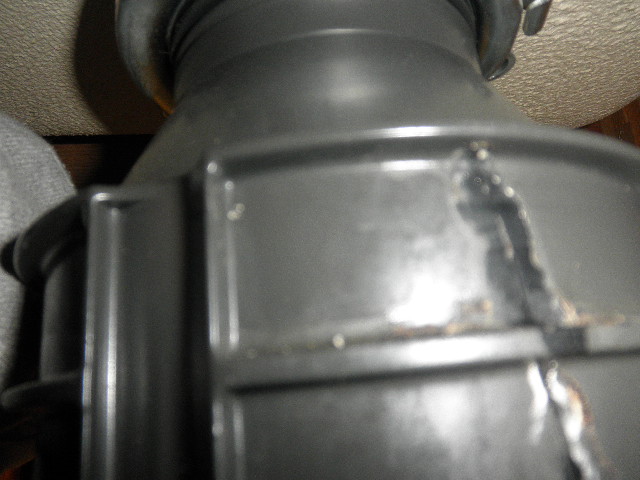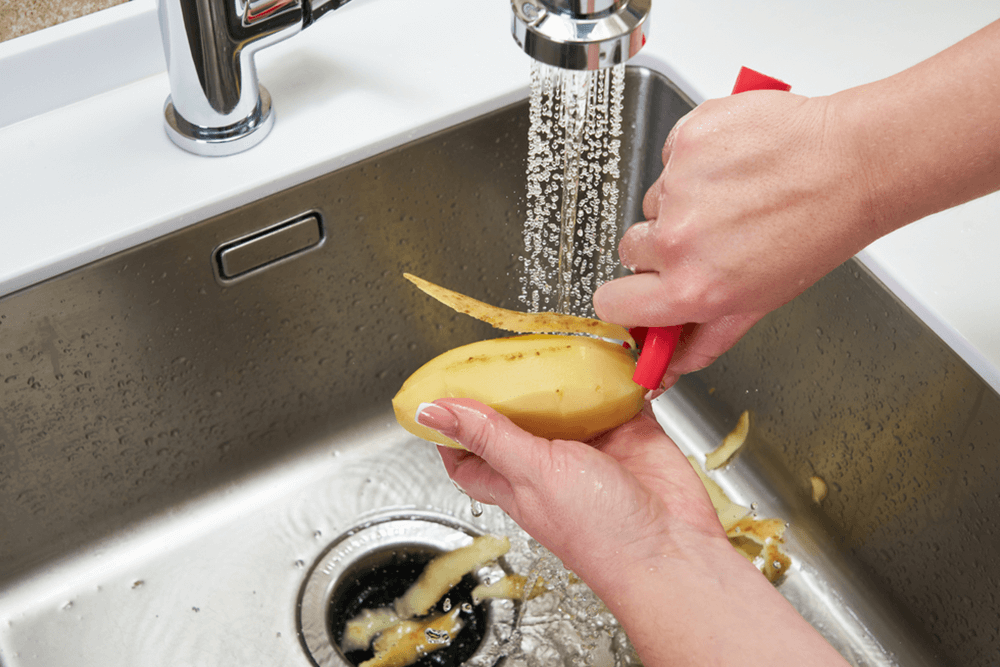Simple Steps to Stop a Leak in Your Garbage Disposal
Simple Steps to Stop a Leak in Your Garbage Disposal
Blog Article
What are your beliefs on Why Is ?

Waste disposal unit are crucial kitchen devices that help in disposing of food waste successfully. Nevertheless, a dripping waste disposal unit can be a discouraging and untidy trouble to handle. Thankfully, several leaks can be taken care of easily with a couple of simple steps. In this post, we will certainly talk about how to repair a leaking waste disposal unit effectively.
Introduction
Garbage disposals are installed under kitchen sinks and are designed to shred food waste into smaller sized pieces, allowing it to travel through the plumbing system conveniently. While these tools are generally reliable, leakages can happen over time as a result of damage, loose links, or damages to the device.
Usual Root Causes Of Leakages in Rubbish Disposals
Worn Seals and Gaskets
Seals and gaskets play an important duty in avoiding water from dripping out of the garbage disposal. In time, these elements can deteriorate, leading to leakages around the disposal device.
Loose Links
The connections in between the waste disposal unit and the plumbing system can come to be loosened over time, triggering water to leak out throughout procedure.
Cracks or Holes in the Disposal Device
Physical damages to the garbage disposal, such as splits or holes in the real estate, can likewise result in leakages.
Recognizing the Resource of the Leakage
Before attempting to fix a leaking waste disposal unit, it is essential to identify the resource of the leakage. This can generally be done through aesthetic examination or by conducting simple tests.
Visual Inspection
Inspect the waste disposal unit device very carefully for any type of signs of water leak. Pay very close attention to areas around seals, gaskets, and link factors.
Testing for Leaks
One way to examine for leaks is by running water with the disposal system and looking for any type of noticeable indications of leak.
Tools and Products Needed for Fixing a Leaking Garbage Disposal
Before starting the fixing procedure, gather the needed tools and products, consisting of a screwdriver, flexible wrench, plumbing professional's putty, substitute seals or gaskets, and epoxy or patching product for repairing splits or holes.
Step-by-Step Overview to Repairing a Dripping Waste Disposal Unit
Shut off the Power
Before attempting any fixings, guarantee that the power to the garbage disposal unit is turned off to avoid the risk of electric shock.
Locate the Leakage
Identify the specific area of the leak and identify the cause.
Tighten Links
Make use of a wrench to tighten any loosened connections between the disposal system and the plumbing system.
Replace Seals or Gaskets
If the leakage is because of used seals or gaskets, get rid of the old components and replace them with brand-new ones.
Patching Cracks or Holes
For fractures or holes in the disposal unit, usage epoxy or an appropriate patching material to seal the damaged area.
Evaluating the Waste Disposal Unit After Fixing
When the fixing is total, check the waste disposal unit by running water through it to make certain that the leakage has actually been solved.
Preventive Upkeep Tips to Stay Clear Of Future Leaks
To stop future leaks, it is vital to execute regular upkeep on your garbage disposal. This consists of keeping it clean, preventing placing non-food products or difficult things down the disposal, and occasionally looking for leaks or other concerns.
Final thought
Finally, fixing a dripping garbage disposal is a reasonably straightforward process that can be completed with standard tools and materials. By following the actions outlined in this post and exercising precautionary upkeep, you can maintain your garbage disposal in good working condition and prevent costly repair work in the future.
HERE’S HOW TO FIX YOUR GARBAGE DISPOSAL
WHAT TO DO IF SOMETHING IS STUCK IN YOUR GARBAGE DISPOSAL
If the impeller won’t turn, there’s probably something stuck in the disposal. It could be a steak bone or peach pit, although plumbers report pulling all sorts of inappropriate objects out of disposals, such as bottle caps or aluminum foil. Make sure power to the disposal is off, and look inside to see if you can see the source of the jam.
Never stick your fingers in a disposal. Pull out anything you see with tongs or pliers.
If the disposal still won’t work, it may be time to call a plumber or consider buying a new disposal. GEM Plumbing & Heating is here for all of your garbage disposal needs.
WHAT TO DO IF YOUR GARBAGE DISPOSAL DRAIN IS CLOGGED
Take everything out from underneath your sink and put a bucket or other container under your disposal to catch any water that drains out. Disconnect your disposal from the power supply. If it’s plugged into a wall outlet, unplug it. If it’s hardwired into an electrical box, go to the electrical panel and turn off the breaker for the disposal. Pour ¼ cup of baking soda into the drain, followed by ½ cup of white vinegar. Give the solution a few minutes to fizz and do its work. Look into the disposal with a flashlight to see if you can see an object that might be causing the clog. If you see it, remove it using tongs or pliers. MORE TIPS ON DEALING WITH A CLOGGED GARBAGE DISPOSAL
Never use drain cleaner in a garbage disposal. It can damage the plastic parts inside the disposal. You can also be splashed with the caustic liquid while working to clear the clog. Beware! Never stick your fingers into a garbage disposal. Trust us — not a good idea. In many instances, your dishwasher drains through your garbage disposal. This allows the disposal to grind any large food particles that may be drained out of your dishwasher. There are some jurisdictions, however, where the plumbing code prohibits such a connection. WHAT TO DO WHEN YOUR DISHWASHER DRAINS THROUGH THE DISPOSAL
Run some water in the sink so your plunger has at least a ½-inch of water to create a seal and plunge vigorously up and down several times. You may need to repeat this several times. Run hot water down the drain to clear any residue that remains.

We are very occupied with Why Is and I hope you enjoyed reading the new article. In case you enjoyed our blog posting plz remember to share it. Kudos for your time. Kindly check our website back soon.
Explore Report this page